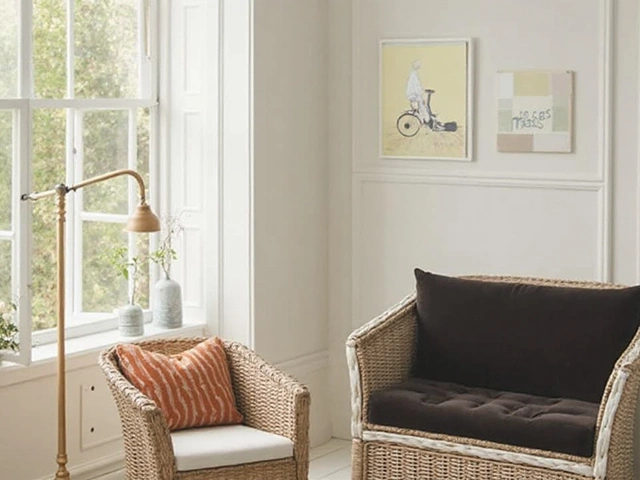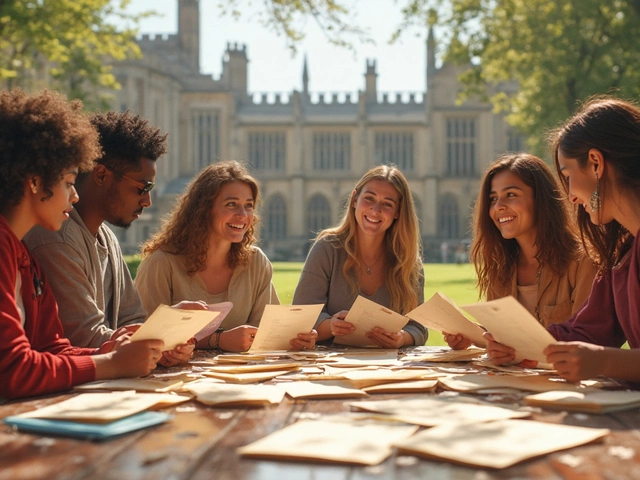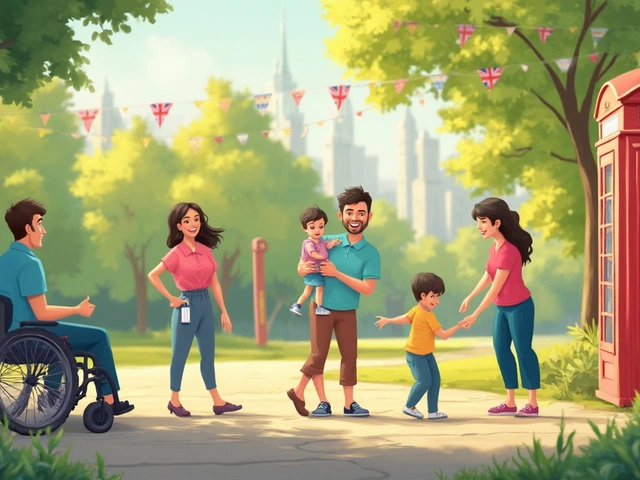Early Years Education – Why It Matters and How to Start
Ever wonder why kids who start learning early seem to pick up new skills faster? The answer lies in how their brains grow fast in the first few years. When you give a child a chance to explore, talk, and play with purpose, you’re laying down the tracks for a lifelong love of learning.
In this guide we’ll look at the sweet spot for starting formal education, and share simple ideas you can use at home or in a classroom. Whether you’re a parent, teacher, or childcare provider, you’ll find ready‑to‑use tips that fit real life.
Choosing the Right Age for Early Learning
Most experts agree that the window between ages three and five is prime for early education. At three, children can follow simple directions and start to notice letters and numbers. By five, they’re able to sit in a circle, share ideas, and solve basic problems.
But age isn’t a one‑size‑fits‑all rule. Look at each child’s readiness: can they stay focused for a few minutes? Do they enjoy interacting with peers? Do they ask lots of questions? If the answer is yes, you’re likely on the right track.
Different countries use different labels – preschool, nursery, kindergarten – but the goal is the same: give kids a safe space to practice listening, speaking, and moving. When you match activities to a child’s current abilities, you keep them challenged without overwhelming them.
Practical Tips for Parents and Teachers
1. Play‑based learning. Turn everyday moments into lessons. Count the steps up the stairs, sort socks by colour, or talk about the weather while looking out the window. Kids learn best when they’re having fun.
2. Read together daily. A short story before bed builds vocabulary and imagination. Ask questions like, “What do you think will happen next?” to spark thinking.
3. Set simple routines. Predictable schedules help children feel secure. A routine might include a circle time, a snack, a craft, and outdoor play.
4. Encourage social interaction. Small group games teach sharing, turn‑taking, and problem‑solving. Celebrate wins and talk through conflicts calmly.
5. Use praise that focuses on effort. Instead of saying, “You’re smart,” try, “You tried really hard on that puzzle.” This builds a growth mindset that lasts.
When you combine these approaches with a clear understanding of the right age to start, you give children a solid foundation for later schooling. Remember, early years education isn’t about pushing kids to read like adults; it’s about nurturing curiosity, confidence, and the basics of communication.
Ready to try something new? Pick one tip from the list and try it for a week. Watch how the child responds, then add another. Small steps add up to big gains in a child’s development.
Early years education sets the tone for a child’s whole learning journey. With the right age, the right environment, and simple everyday activities, you can help every child start strong.







